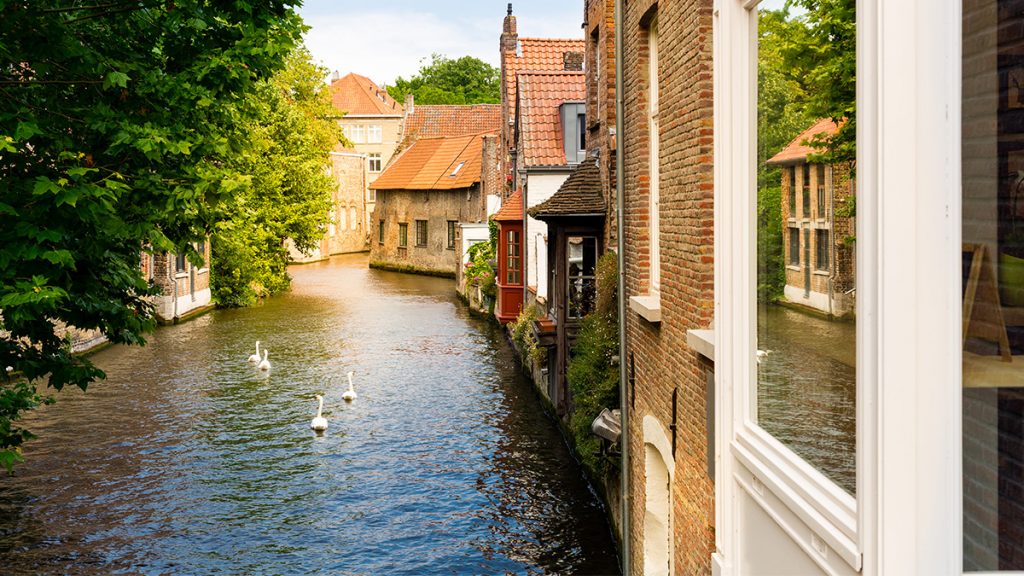Heritage tourism is now increasingly popular across the UK and improving the sustainability of heritage sites is essential both nationally and internationally.
Climate change poses a threat to the long-term survival and usability of built cultural heritage. To ensure its continued use, such assets must be sustainable. However, improving the energy efficiency and sustainability of historic buildings is complex, requiring cooperation between experts and a multidisciplinary approach.
“Sustainability in historic buildings at tourist sites requires careful balance in relation to economic, environmental and social sustainability, but also with conservation principles.
Samantha Organ, MRICS, Senior Building Surveyor, National Trust, Senior Lecturer in Building Surveying, The University of the West of England, Bristol
Improving the energy efficiency of historic assets can contribute to their preservation for future generations, aligned with conservation and sustainability principles, and facilitate their continued use. However, energy and carbon savings in historic properties can be difficult to achieve due to limited retrofitting capability. Balancing thermal comfort with building preservation is one of the greatest challenges for retrofitting heritage properties. Changes to the building fabric must be carefully considered to avoid irreparably damaging the significance of heritage assets. Improvements must be done on a case-by-case basis.#
An interesting case study example is the 2017 renovation of the chapel at the National Trust’s Hidcote Manor Gardens in Gloucestershire.





